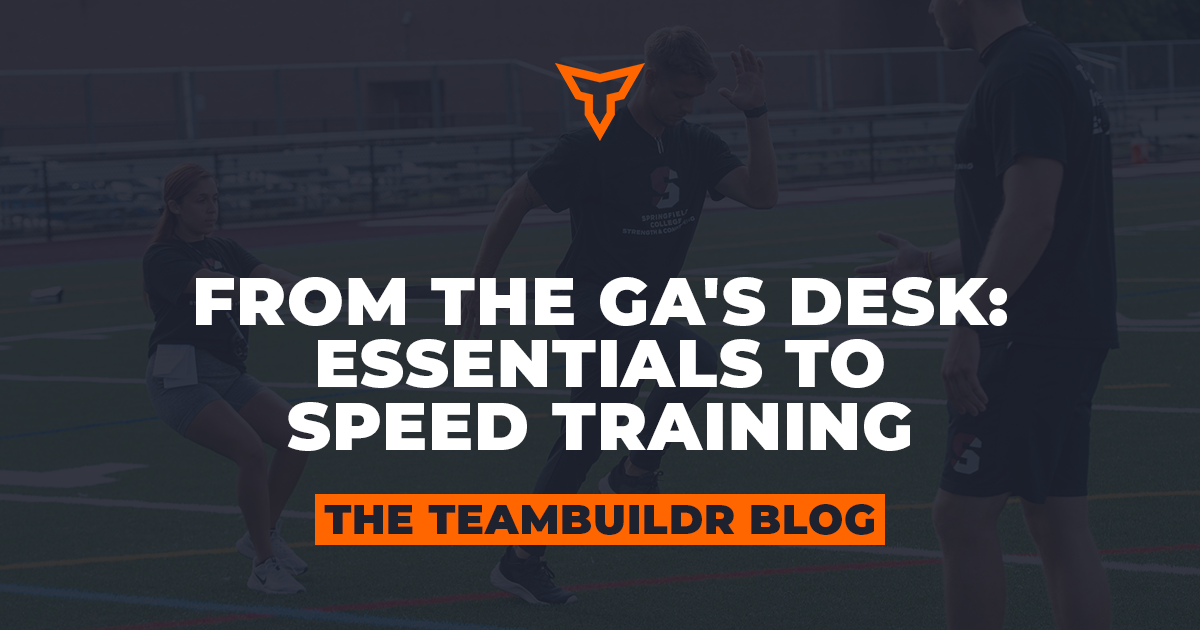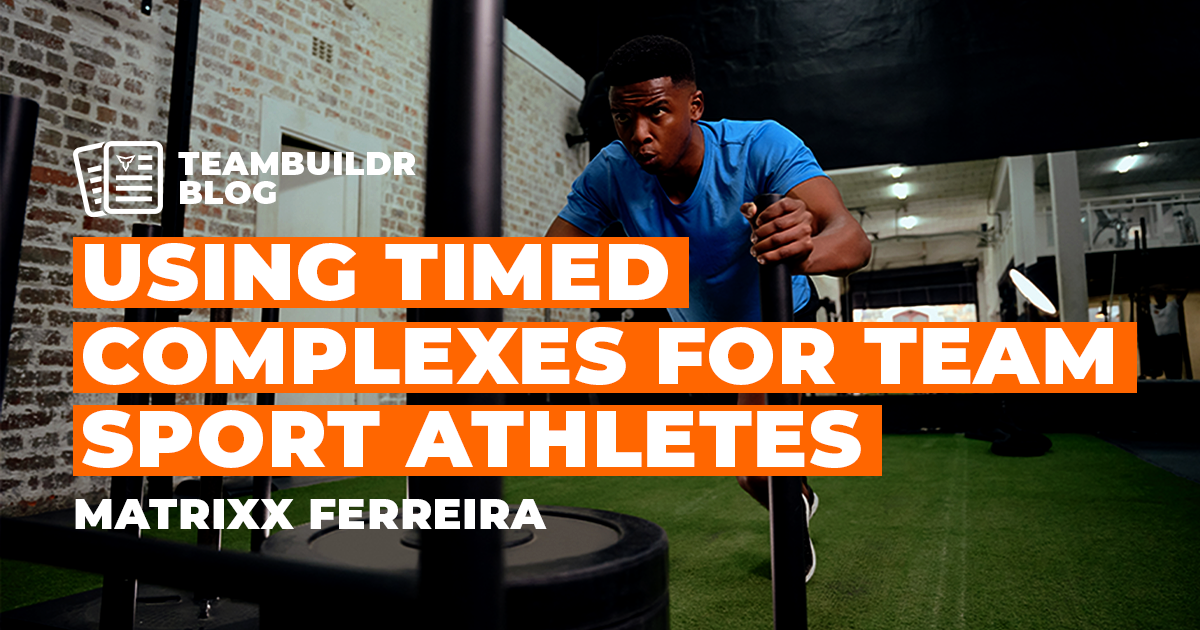How to Get Distance Runners in the Weight Room
When it comes to track and field teams, there is a stereotype of which athletes are in the weight room based on looks, event type, and performance - Throwers typically live in the weight room, chalked up and lifting heavy. Sprinters and jumpers will show their fair share of time in the weight room managing heavy loads and working toward speed-strength and soft tissue injury prevention.
For the cross country team, most think they must spend hours logging miles and staying “lean”, so the weight room is the last place they spend their time. While the former two examples are true, the latter is a false assumption. Distance runners can benefit from learning good technique in weight room exercises that cater to their sport’s goals, such as strengthening the quadriceps, hamstrings, and glutes to produce more force through the ground (Trowell, et al., 2019). Because of the old-school mentality that non-power-based athletes should avoid the weight room or won’t see a benefit from resistance training, there is often an uphill battle with some coaches and athletes to convince them that it can be used to their advantage. The key is to approach both parties in a way that shows the solutions to several problems that they face, such as injuries and "kick" power mid-race.
The first piece of advice is not to expect that they will change their minds at the drop of a hat. To demand that a team lift without the willingness to adapt and meet in the middle is a sure way to fail. Approaching the coach first with understanding and a solid plan is a great start. Describing the benefits like building muscle to reinforce common sites for stress reactions and providing structural support in posture and lower extremities can help coaches look at lifting weights differently. Lifting and building lean muscle is instrumental for maintaining healthy bone mineral density, especially in females who notoriously have less bone density and are more susceptible to stress fractures in repetitive impact sports (Friedlander, et al., 2020).
Most coaches will hear “weightlifting” and react negatively but showing that programs can be altered to adhere to a high mileage plan is essential. Without the coaches on board, no athletes are in the weight room, so having frequent and open conversations about the plan, changes, and modification options can help seal the deal. For example, my current distance coach for our female team comes to lift to monitor the flow of the room and his athletes’ adherence to the lifting plan. We often will share quick points of observation between lift sessions and practice sessions that we both feel contribute to their future training. He is in tune with how each of his athletes feel, both between small group training and one-on-one sessions that he has with them. From there, he and I will meet between periodization phases such as post-cross country season and pre-indoor track season to ensure that we are clear on the plan moving forward. It feels great to have a working relationship with the coach as it takes most of the guessing out of the equation.
Secondly, it is important that the athletes feel welcome in the weight room and provide your full attention. Understandably so, there may be several teams and several coaches that they share the weight room with depending on facility space or schedule. Especially if starting with athletes that have never lifted before, the last thing they want is to feel like they do not know what they are doing and that they do not belong in the weight room.
Though this may be a lot of front-end work, it will pay dividends in the long run for their confidence and performance. Open the line of communication with your athletes to question the program and be honest about how they feel during the lift; if they know that you are programming for their best interest, the buy-in will come naturally if they want to excel. Since there are several skill levels across the team, I spend a good amount of time with our freshmen and sophomores who are still developing their competitive nature in collegiate track and cross country. I find that there is a 50/50 divide in the team with one half being the confidence to add weight and stay coachable; the second half is the physical capacity to no what situations to push their body in and what situations to listen and back off from adding that extra 5-10 pounds to the bar. My juniors and seniors are more of a hit-the-ground-running group that requires less attention, but that does not mean that I do not give them just as much coaching and hype as I do the underclassmen. After a full year with the group as a whole, the upperclassmen tend to use my coaching cues to help the underclassmen as we move through different phases throughout the year. It is both rewarding and helpful to have the team create an inviting atmosphere.
Lastly, it is important no matter what team it is to show up to practices, meets, and team activities when possible. When the coaches and athletes feel that you want to be involved in their culture and plan for success in AND out of the weight room, they will work with you to make the weight room a part of the program in some capacity. A good strength coach will educate their athletes on their exercises and the translation to their sport. When you can make that connection, you will get your cross-country team in the weight room.
McCormack, W. P., Shoepe, T. C., LaBrie, J., & Almstedt, H. C. (2019). Bone mineral density, energy availability, and dietary restraint in collegiate cross-country runners and non-running controls. European journal of applied physiology, 119, 1747-1756.
Trowell, D., Vicenzino, B., Saunders, N., Fox, A., & Bonacci, J. (2020). Effect of strength training on biomechanical and neuromuscular variables in distance runners: a systematic review and meta-analysis. Sports Medicine, 50, 133-150.
Subscribe to our blog
Subscribe to receive the latest blog posts to your inbox every week.
Related posts

From the GA's Desk: Essentials to Speed Training

The Academic Calendar: An Underrated Training Tool

